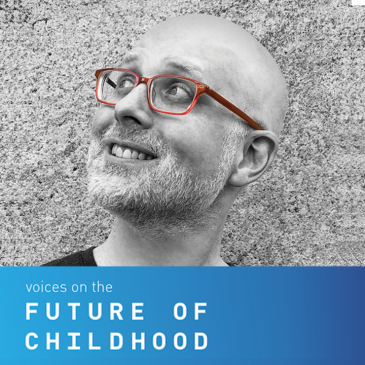For the fifth part of this series, we asked our experts to reflect upon the things we need to consider as we prepare to reopen schools this fall. “What human, organizational, and/or technological infrastructures do we need to put into place to support sustained periods of learning at home and/or more frequent handoffs between teachers and caregivers over the course of the school year? To what or whom do we need to pay closer attention as we plan for the reopening of schools? What might we be overlooking?”
Asking Why, How, and What?
Tom Liam Lynch, EdD, is director of education policy at The Center for New York City Affairs and editor in chief of InsideSchools.
A right answer to a wrong question is a wrong answer. As districts, schools, and families grapple with where education should go next in the wake of the Covid-19 pandemic and recent Black Live Matters protests, it is vital that they ask the right questions in the right order: Why, How, What.
A school principal recently asked me: What video conferencing tool should my teachers use, Google or Zoom? That’s a fair question, but it’s the wrong one to start with.
I asked her a question back: Well, why do you think it’s important to educate children in the first place? She shared that her teachers prepare young people for civic participation and economic success.
Excellent, I responded. I then asked: So, how do you prepare children for civic participation in school? The principal replied that teachers emphasize discussion protocols intended to help children cite evidence and listen critically to peers.
Fantastic, I said, followed by: So, what kinds of technologies can help you do that in a remote learning model?
Video conferencing platforms, she said. Her school already used Google Classroom, which is connected to the Google Meet video conferencing tool. Eureka! She had put the product in its proper place, one of strict subservience to a school’s highest societal purposes.
In the coming months, all districts and schools should be developing culturally responsive digital learning strategies for remote, hybrid, and blended learning models. In the end, the strongest plans will start with Why, no matter how loudly others shout for Whats and Hows.
Ask Why first, and all the right questions shall abound.
See more posts in this series:
Voices on the Future of Childhood
Akimi Gibson | Elisha Smith Arrillaga | Esther Wojcicki | Gregg Behr
Michelle Ciulla Lipkin | Molly McMahon | Robert Tom Kalinowski | Tom Liam Lynch


